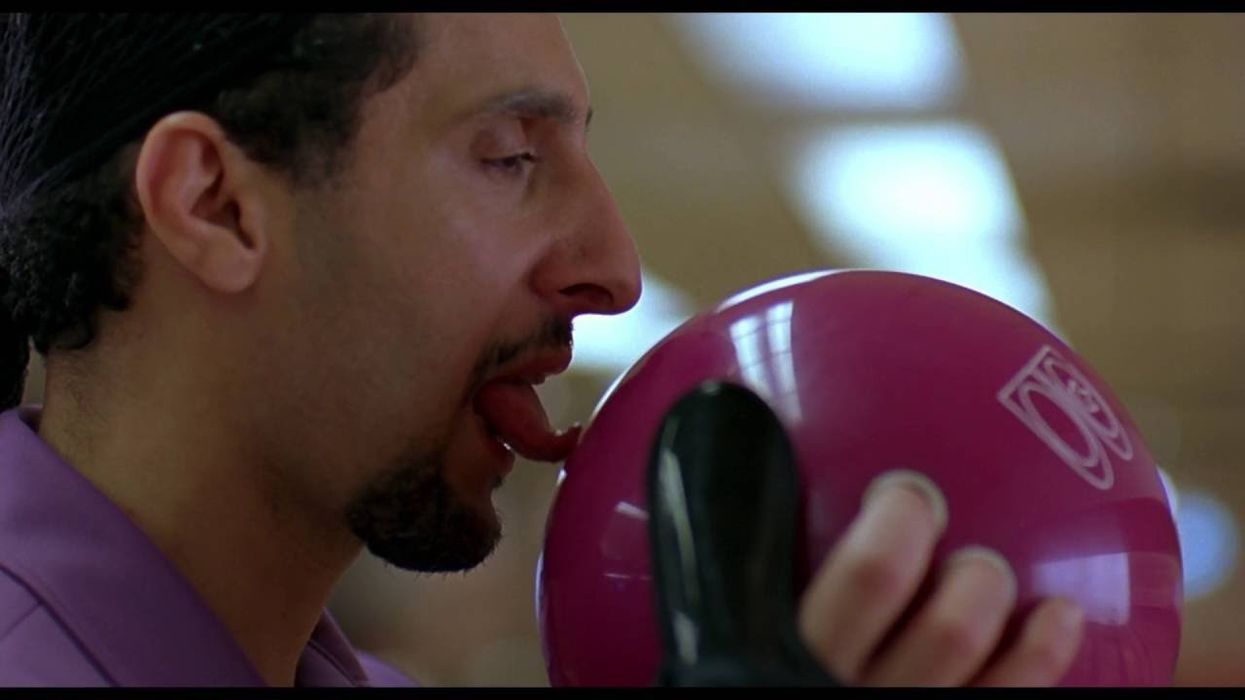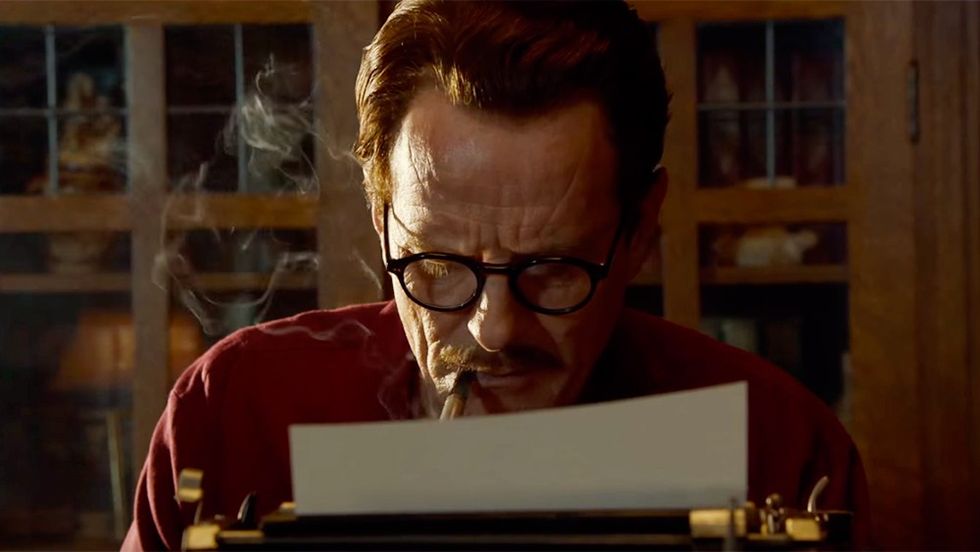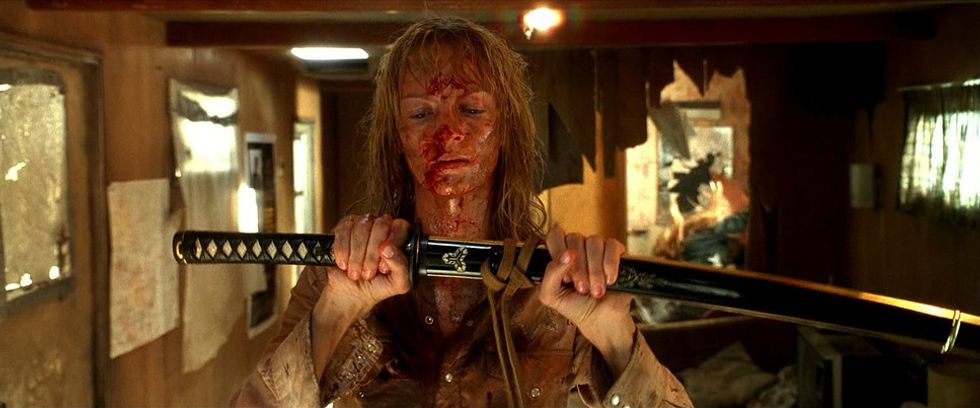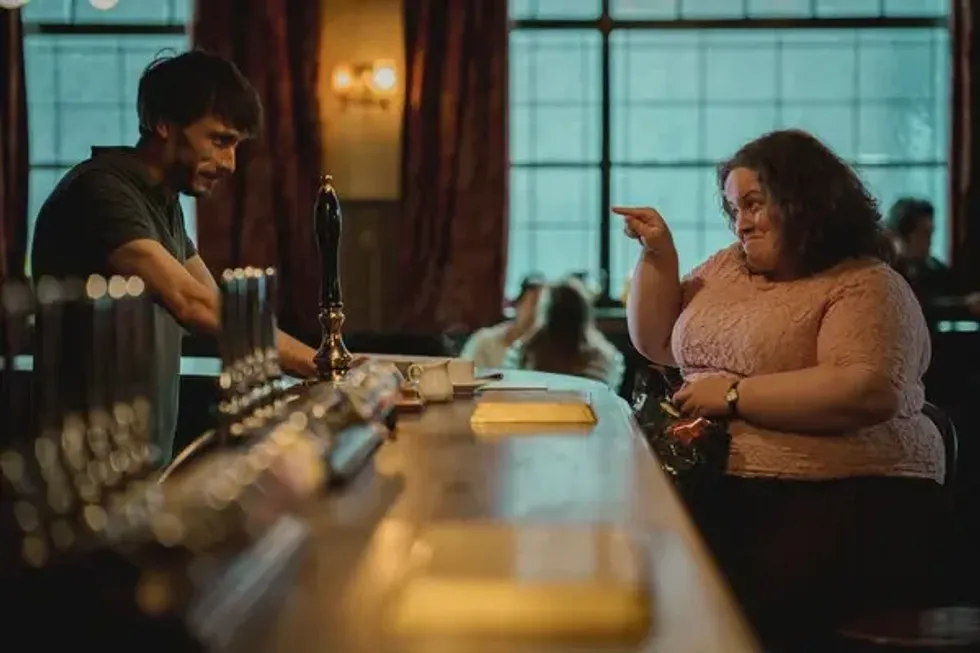How the Coen Brothers Create Memorable Minor Characters
Sweat the small stuff.

The Dude, H.I. McDunnough, Marge Gunderson, Barton Fink, Anton Chigurh. The Coen Brothers have created countless protagonists over the decades that have embedded themselves not only in our minds but in the annals of filmmaking culture. As multi-dimensional and memorable as these larger characters are, however, there are seemingly ten beautifully developed minor characters for every protagonist which they have written.
In his latest video essay, Thomas Flight attempts to break down what makes the Coen Brothers so successful in their endeavors and as a result, identifies some key strategies all screenwriters should take into consideration when they create their own minor characters.
One of the first observations that he makes is that the main characters are often unremarkable in a world populated by remarkable people. Already we see how crucial these minor characters are in both world building and supporting the intricacies of the protagonist's own defining characteristics.
"In a lot of films the minor characters that surround the main characters are either non-existent or a bland afterthought, but in a Coen Brothers film the minor characters can be just as interesting as the protagonists and villains," Flight explains.
So what are some of the strategies that they use to create such memorable characters?
Well, first of all, you gotta hook 'em from the start. The introduction of these characters almost always comes with a little extra oomph. Whether it's from exaggerated costumes, mannerisms, or a distinct mood, they introduce characters in a way that stops and makes you think, "what is this person's deal?"
The smallest of details goes a long way with the presentation of these minor characters. A lot of these elements actually come from the performance, whether it's posture, accent, or even how the protagonists react to their presence.
And then, of course, there's the simple matter of appearance, a matter the Coen Brothers take very, very seriously. In casting they use two key strategies, using unknown actors who have an interesting look (they send out wide casting calls and handpick their extras), or use a well-known actor for a minor role.
And then they apply one of the most essential fundamentals of screenwriting to their minor characters to boost their importance to the scene: conflict. These characters often have something the protagonist needs to obtain, whether its information, money or something else, for the scene to advance. In that way, their presence becomes crucial to the structure of the story.
The Coens are truly masters of the art of the minor character, but perhaps the most important takeaway from this essay is that the Coen Brothers place just as much effort in writing, directing and even casting the minor characters as they do with the protagonists. It's this extra level of detail that elevates their films to another level.














